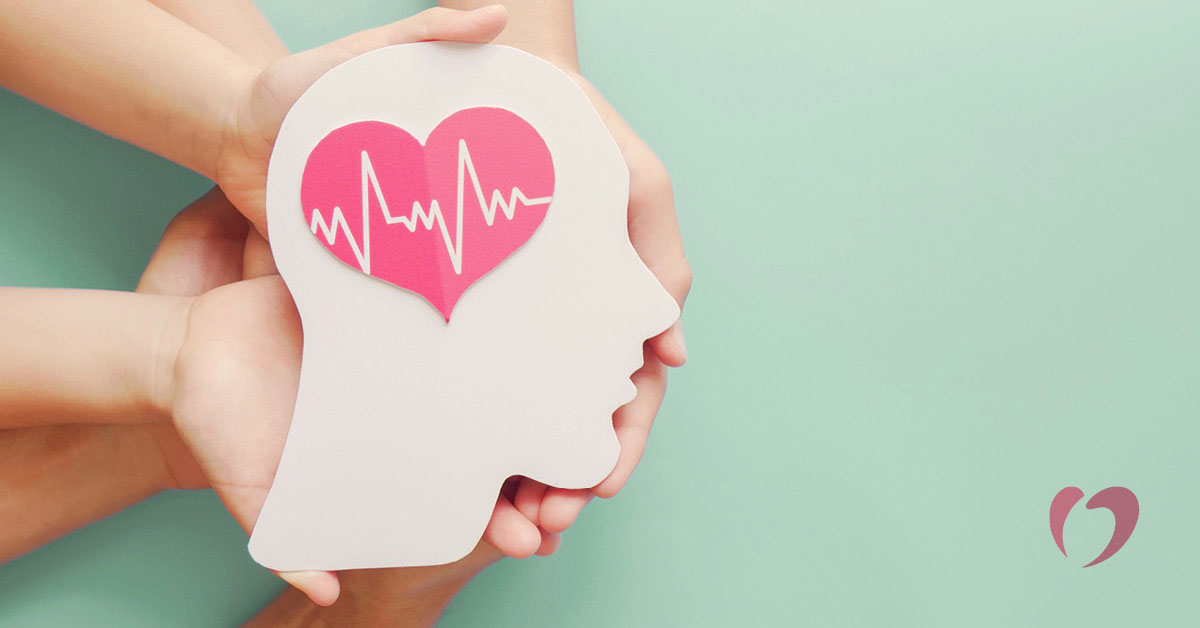May is National Stroke Awareness Month

In the simplest of descriptions, a stroke happens when blood flow to the brain is interrupted and brain damage occurs. The cause of decreased blood flow that results in stroke can be many different things, including abnormal heart rhythms. This month, we are dedicated to educating and increasing awareness of the causes and signs of stroke and what to do if you or someone you love is experiencing one.
Although many different parts of the brain can be affected by stroke and result in different long-term effects, the most common impairments are difficulties in speech and communication, weakness in limbs on one side of the body, and difficulty gripping objects. Recovery after a stroke depends on how severe the stroke was, as well as how quickly the patient receives medical care and rehabilitation.
Causes
In general, the cause of a stroke can be broken down to a blood vessel that is either blocked (ischemic stroke) or one that has ruptured (hemorrhagic stroke). Causes of hemorrhagic stroke include aneurysms that result from pressure of the hemorrhaged blood cutting off the brain’s ability to function.
In ischemic strokes, root causes include many things, though high blood pressure is one of the most common. High blood pressure damages arteries, which allows them to be more susceptible to blockages. A buildup of cholesterol in arteries can cause blockages and fatty deposits from diseases such as arteriosclerosis. The fatty deposits, or plaque, can break free and flow to the brain, which causes a stroke. Another important cause to be aware of is abnormal heart rhythms. Atrial fibrillation, a fast and irregular heartbeat, results in poor blood flow. It allows blood to pool in certain areas, which increases risk for blood clots. Like plaque, when a blood clot travels to the brain, it can cut off circulation and result in a stroke.
Signs of stroke
When a stroke occurs, time is of the essence. The longer blood flow is interrupted, the more damage is done. Quick treatment and rehabilitation can make a significant difference in the ability to survive a stroke, as well as quality of life after a stroke. It is important for everyone to recognize the signs of others having a stroke and react quickly to get medical help. The acronym FAST serves as a guide for stroke symptoms.
- Face – Often, a stroke will affect one side of the face and cause muscles to droop. A person who suddenly has an uneven smile or a numb face may be having a stroke.
- Arm – Weakness in the arm is a sign of stroke. Have the person raise their arms. One drooping or drifting downward is a sign.
- Speech – Listen to the person talk. Pay attention to slurred speech, strange speech, or difficult-to-understand speech.
- Time – Time is important. Call 911 immediately. Make a note of when symptoms began and be sure to share this information with first responders and medical providers.
A stroke is a medical emergency that needs immediate care. Remember to check FAST and contact help right away if you suspect someone is having a stroke. At OHH, we treat all types of heart conditions and diseases, include those that put you at high risk for a stroke. If you are concerned about your stroke risk, schedule an appointment today.
